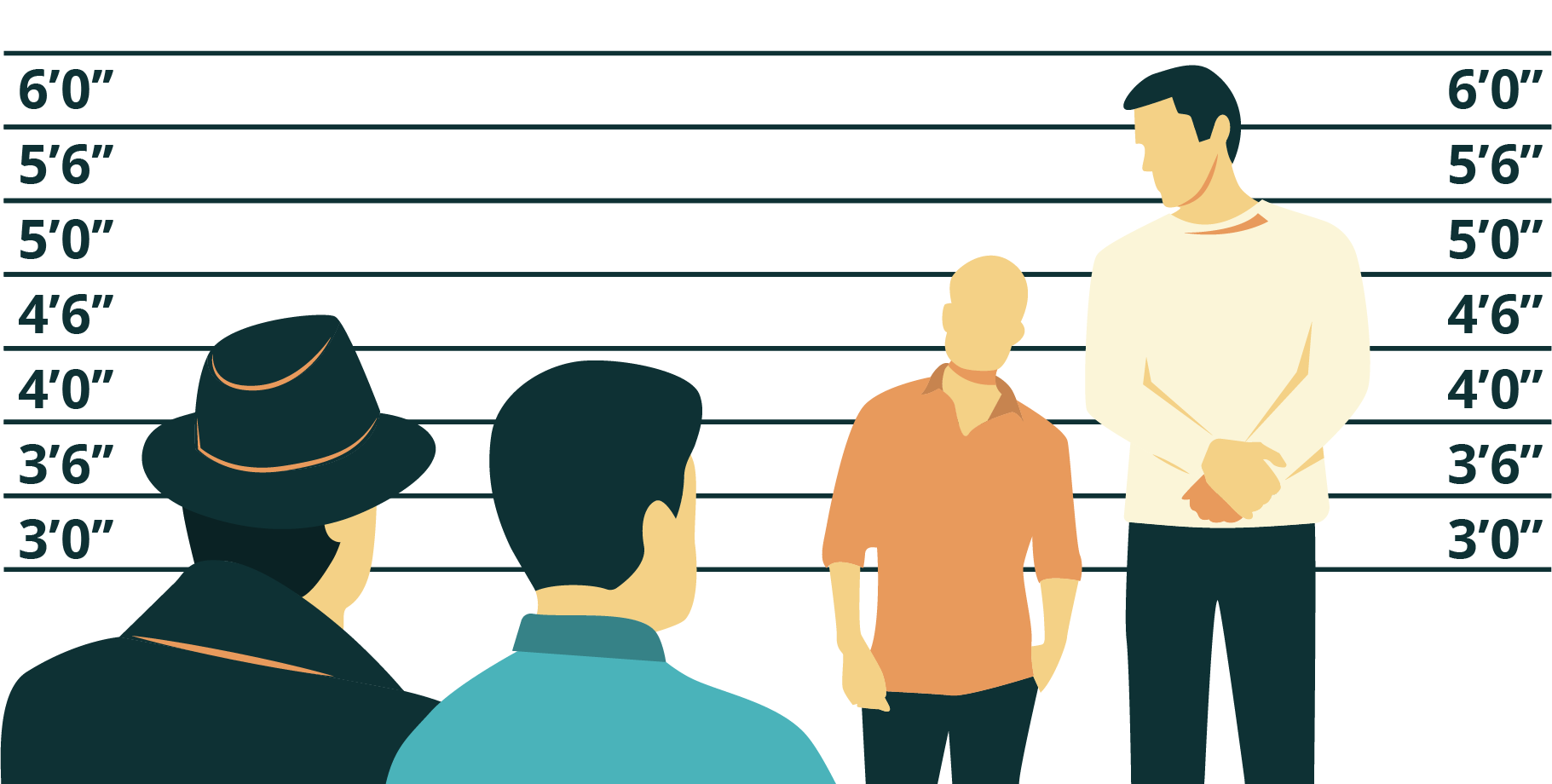In business today, it’s not enough to have a website with pertinent information about your company. You need a way to draw people to your site and improve its search engine rankings so people see your website in the first place. You need, in a word, content. Content for your home page, content for your products page, content for your social media accounts, white pages, articles, and blog posts. Is it better to have longer, wordy content or short, concise content? Which will bring better results? Long-form or short-form? Is it better to go long or will you risk coming up short?
Short-form Content
Short-form content usually consists of 1,000 words or less and businesses prefer it because it’s cheaper and relatively easy to produce. Good content should be focused on one idea that is unique and that people will want to share. It generally doesn’t get circulated for very long so your short content should really pack a punch.
Short content such as blogs or articles needs to be posted frequently, even as often as daily or several times a day for social media posts. Because you’re churning out your content more often, you’re engaging with customers more regularly, giving them a constant reminder of your brand.
Short content can be successful, especially if you already have a large audience, your content is compelling, or contains incredible information that people want to share. If people are already familiar with your product or if your product is a simple one that doesn’t require a lot of explanation, shorter content is better because nobody would waste their time reading long posts about something they already know. Shorter pieces of content are more mobile-friendly than long-form so if the target group does their reading on their phones, it’s probably more effective to push shorter content.
Long-form Content
Long-form content works. It is content that is 1,000+ words but the length of content that ranks highest is generally pieces between 1,800-2,400 words. Long content isn’t easy to pull off, however. To work, your long-form content must be well-researched, detailed, and comprehensive. It has to be compelling enough to fill 2,000 words without being boring or repetitive because readers can recognize filler from a mile away and will click away from your site to cat videos before you can say, “attention span of a fruit fly”. Of course, if the content is compelling but too long, say more than 2,000 words, your readers will drop off too.
If your content catches on and is shared, even posts that aren’t all that closely related to what your company does, it can bring a lot of potential customers to your site. Surprisingly, longer content gets shared more than shorter content and the most-shared content is long, well-researched, high-quality articles that compel readers to continue to read them.
Compelling is a key word here. It may not be enough to be informative or to give a unique view. Some of the most-shared content consists of articles that evoke emotion. If the content can trigger emotion, it triggers a response and is likelier to get shares. Controversial posts that make people angry get shared. A lot. But so do posts that are inspirational.
As your content is shared, it attracts new readers, email subscribers, and leads to your website, and long content―if users are reading it―keeps those eyeballs on your site longer. When people stay on your site reading an article on your blog, they are looking at your logo and your brand which gives a boost to your brand recognition.
Longer content gets higher rankings in search engines these days because they like quality, longer work. Aside from shares, the use of keywords is important in rankings. Long-form content makes it easier to use keywords in a more organic way. Keywords can be used multiple times without degrading the quality of the writing. With short form, it’s difficult to squeeze in keywords multiple times without it sounding forced and poorly written.
The same is true for the inclusion of links to other sites. A short article with a lot of links gives the appearance of lazy writing but with a longer article, you can include several links and still have a well-written piece.
Because short-form is easier and less expensive, it’s more common. What this means for businesses putting out longer articles is there’s less competition. When there are fewer authoritative voices out there, it’s easier to be heard. Here’s the thing about long-form content: It makes you the expert. If it’s done well and people share it with others and possibly backlink to your articles within their own, it becomes authoritative and gives your business credibility. It shows you’re an expert who has done his/her research and this will lead to more conversions.
Choosing Your Content Length
It may seem like long-form content is the only way to go but there are a few things to consider.
Cost. Researching and writing long articles is expensive and time-consuming. Writing articles yourself or having an employee write them reduces productivity elsewhere. Good writers can be hard to find and they can be expensive.
Target Audience. Who would be interested in your business? For B2B, long-form yields better results. Are you looking to attract a younger crowd that reads everything on a phone? Go with shorter articles. Are they Boomers? What is their academic background? Are they professionals? All of these things have an impact on whether or not your content is read or shared and choosing the right length will improve your odds.
Business or Product Type. What is it you’re selling, exactly? Is it a well-known product that doesn’t require a lot of explanation? If you’re selling plastic storage boxes, for example, do you really need an entire page of your site devoted to explaining what a plastic box is? Probably not. If your product is more complex, long-form allows you to give detailed information about your product or service, and why the user would want to buy it.
Content Type. For blogs and articles, look to your target audience. For landing pages, length depends on your goal. If your goal is to attract more clicks over to another page on your site, short-form content may be better. It may be beneficial to create two versions of your home page―one short and one long―and test both to see which one performs better.
Whichever length you go with, it will perform its best if it is put out consistently. Do them regularly. You may not do long posts as often but do them consistently once a month or every few weeks. Keep putting your brand out there and it will take flight.

